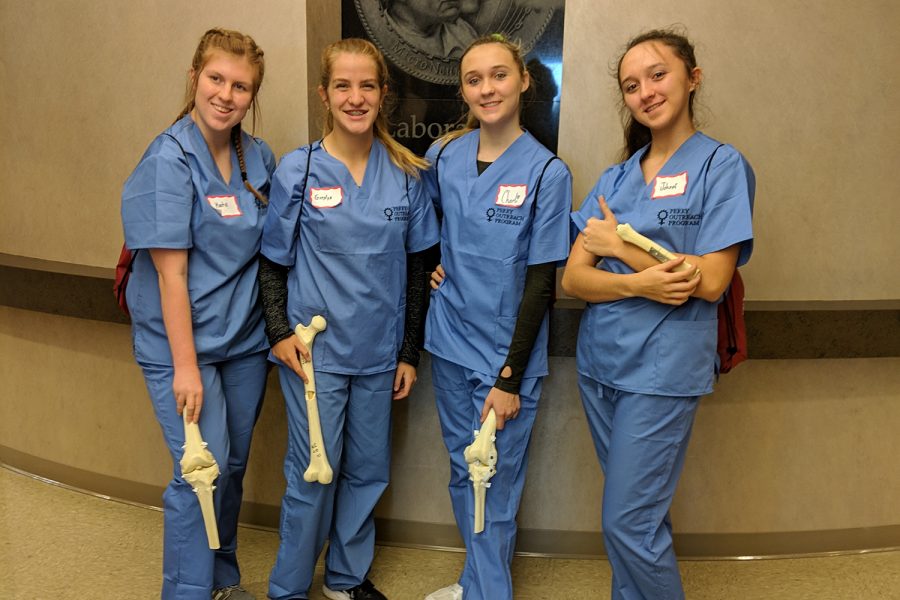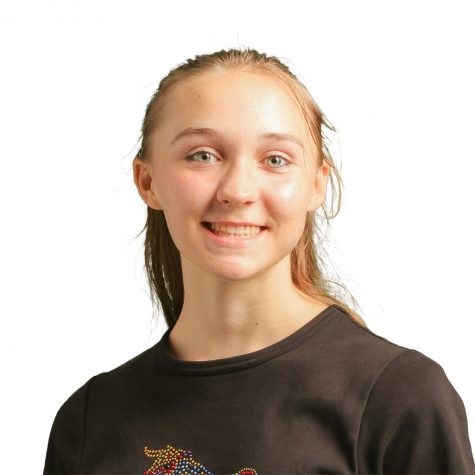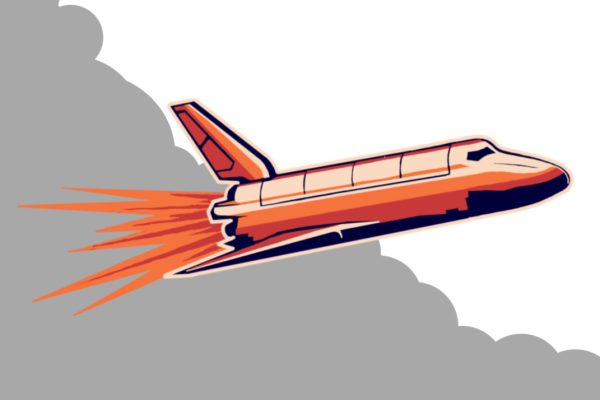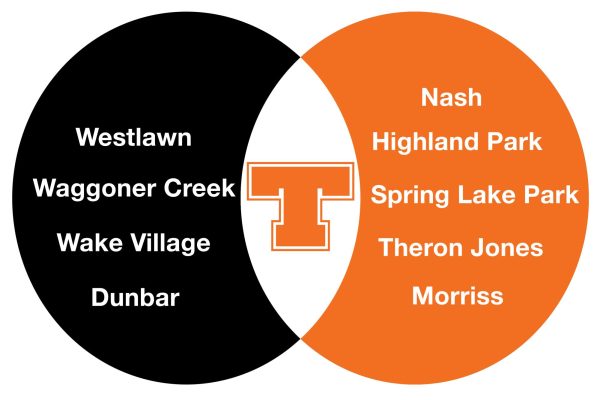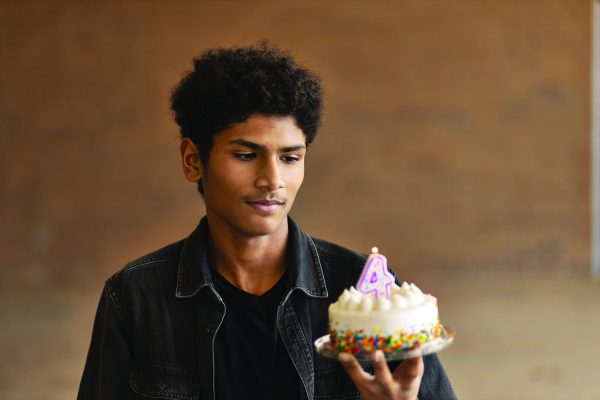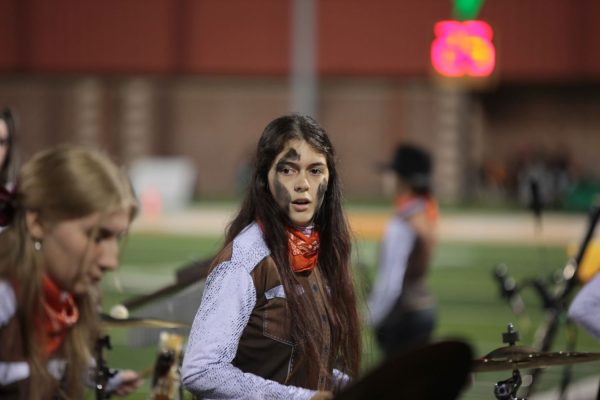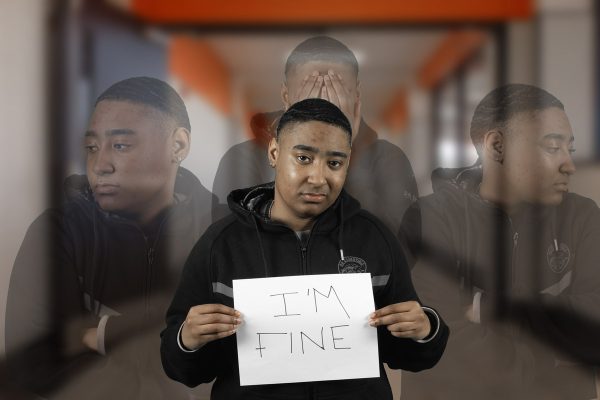The Perry Initiative
Outreach program encourages young women to pursue the medical field
November 14, 2018
It is no secret that I have always wanted to become a doctor. Growing up, there were the old photos-on-the-fridge renditions of halloween parties in which I, a naive and toothy first grader, was dressed in oversized scrubs and a bellowing lab coat. I was eagerly brandishing my plastic stethoscope. Even as I aged, prone to a world of intriguing career paths, this tunnel vision failed to diminish. However, I did accumulate questions regarding the medical field, and thanks to the Perry Initiative Program, I received more than enough answers.
The Perry Initiative Program was founded by an orthopaedic surgeon and a mechanical engineer. The two were disturbed by the alarmingly low rate of female doctors within the medical industry and this program was part of how they chose to take action. My particular session was hosted at the University of Arkansas for Medical Sciences (UAMS) in Little Rock, Arkansas, where we spent the day at the top of the John T. Stephens Spine and Neuroscience Institute. I felt like I was back in Disney World, dining at the top of Cinderella’s Castle.
We began the initial portion in a small auditorium, where a spirited Swedish engineer introduced the many facets of orthopaedic surgery. She made it a point to impress two prominent maxims within the lecture: choose something you love to do and surround yourself with people who will help you get there. And there I was, seated alongside thirty other wide-eyed recruits, realizing that I was already equipped with these requisites. Within the first hour alone, the program was successful in achieving its primary goal of uplifting my confidence. — Charli Hueter
The majority of the day was spent in the laboratory, where stations were prepared for us to make rotations in three smaller groups. I was immediately drawn to the suturing table, which was adorned with fleshy pig hooves and mini sewing kits. I was never great at working with strings and knots in the first place, so while I was excited to learn, I was also apprehensive as to how well I would perform. However, I soon realized that my instructor understood these feelings – she had, after all, been a student once herself – and, just as the needle pulls string, she channeled my uncertainty into progression. Soon, I managed to stitch the wound tightly closed.
We were also given the opportunity to design solutions for fractured and segmented bones. I enjoyed learning how to drill properly into the bone and I was even allowed to keep my self-produced knee ligament reparation model. We worked in teams of two to three in order to implement these ideas and apply visible solutions. The bones were prototypes manufactured by a company by the name of Sawbones, complete with accurate bone density and marrow at the center. Never before had I realized how much biomechanical engineering complimented the orthopaedic field.
By the end of the day, I was inspired. My team and I had produced so many interesting bone repair models that each of us were able to take one home for ourselves; our own medical trophies. We also learned what to expect as a doctor and how to transition into such a demanding lifestyle. Many of my former concerns about entering medical school have dissipated thanks to the encouragement and direction offered by the Perry Outreach Program. I feel as though I was given the chance to don my old, oversized scrubs again; except this time not only did they fit well, but I was not just wearing a costume. For eight hours, I was a genuine medical student.


